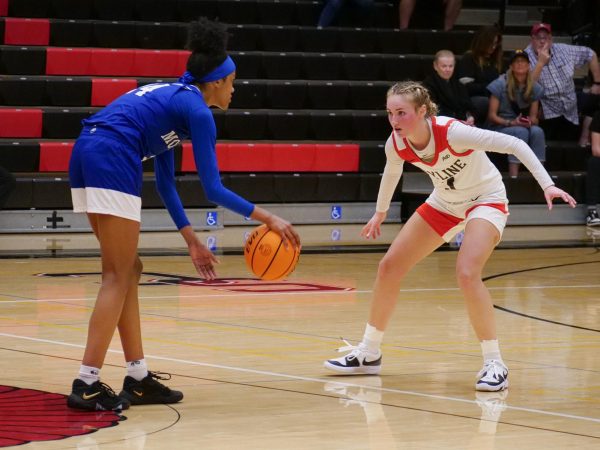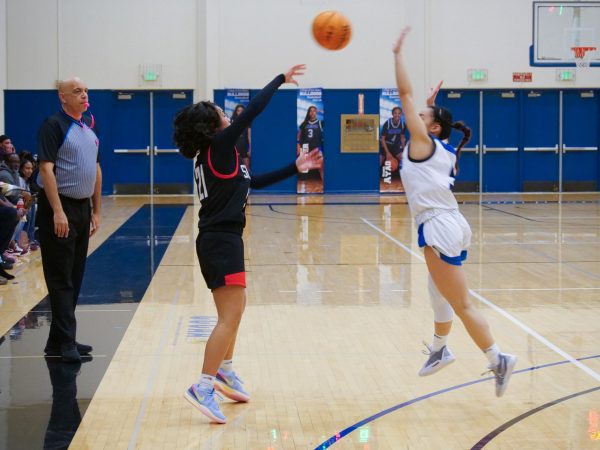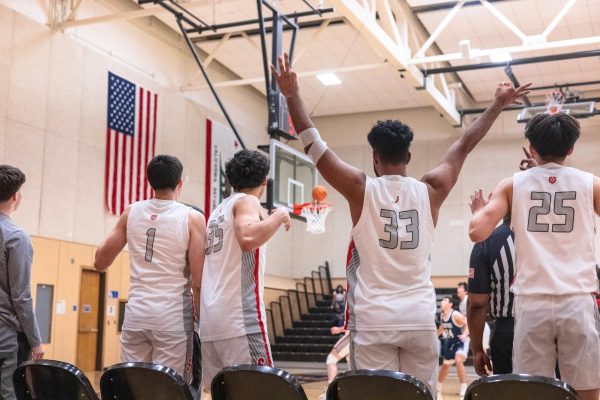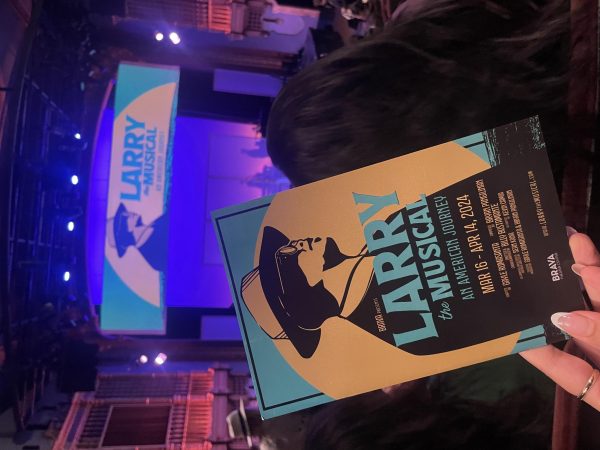Upper soccer field underwent renovations
Renovations were recently completed on the upper soccer field after the old field’s life span was waning.
New infill and synthetic turf were installed on the field. The previous field had deteriorated and was reaching the end of its life span. Construction began in December 2013 and just finished this month.
“The new fields are state of the art in terms of safety and playability,” said Kevin Corsiglia, head coach of the women’s soccer team. “We researched a lot of synthetic fields… and we chose a product we feel performs as close to natural grass as a synthetic surface can.”
The renovations were handled by Hellas Construction, and according to Corsiglia, the turf installed has been installed in club soccer venues in Europe. The field now has a FIFA 2-star certification, which is the highest certification issued for synthetic turf and is used in stadiums and international play. The new field material is suppose to be better than the previous field. The fibers are longer lasting, twice that of the previous fibers (15 years vs. 7-8 years), and the infill is friendly to the environment; It is 100 percent natural, recyclable and non-toxic.
“Our fields are constantly being used for HS and club events throughout the year,” said Danny Link, head coach of the men’s soccer team, though email. “The facilities are utilized by the community,
“This surface will provide one of the finest playing and teaching fields possible.”
The last renovation on the field took place back in 2004. The field reached its expiration date and needed an update, not only for cosmetic reason but also for the safety of the players and whoever else used the field. According to Corsiglia, the new field provides “the best shock absorption” for the players.
“This will [prevent] injuries to students in athletics and PE classes,” said Link. “It will insure a quality playing surface and safe environment.”
While the new infill offers better shock absorption and is friendlier to the earth, it is also much cooler than conventional fill. It is UV resistant and provides stable temperatures. In the other, according to Vice Chancellor Jose Nunez, via the minutes of the Board of Trustees meetings, the normal fill’s temperature can reach “30-60 degrees higher than ambient temperature.”
The lower soccer field renovations, which took place over the summer, was done by FieldTurff Tarkett. Hellas Construction renovated CSM’s football field in the same timespan. Both companies were considered by The District’s Board of Trustees to renovate the last of both Skyline an Canada’s soccer field. Ultimately, the contract was awarded to Hellas.
The cost of the renovations have not been disclosed. In the minutes, it states that the Hellas bid was not the cheaper option. The deciding factor was the playability; What the coaches felt more comfortable with.
“The District and the college will ask for our input,” said Corsiglia. “But it is an expensive process to replace the fields.
“We’re just thankful that the District and the college cares enough about our student athletes to make sure they are competing on some of the best fields in the country.”













